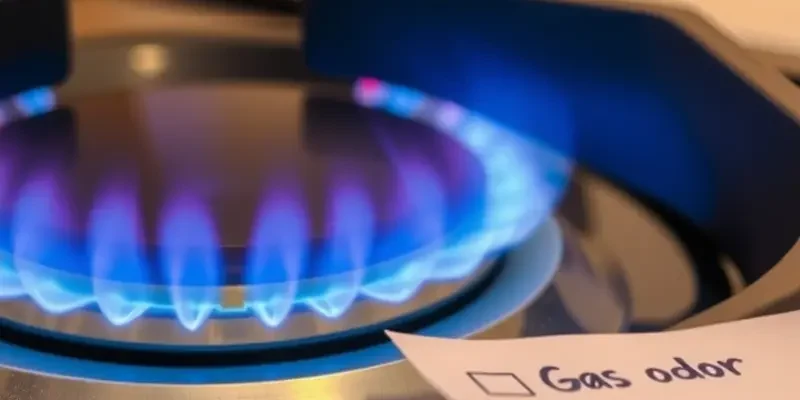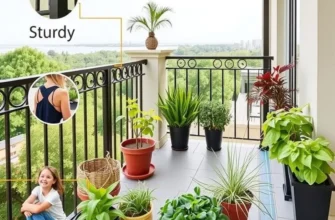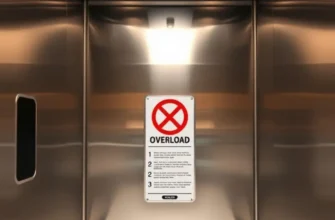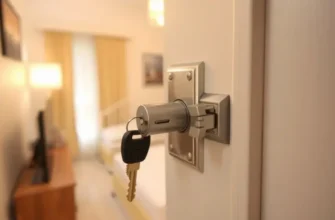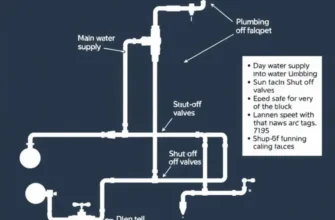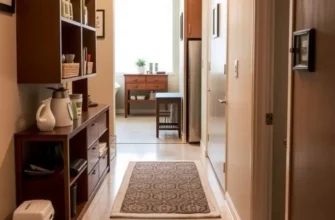Ensuring gas safety in your apartment doesn’t have to be a daunting task. For renters, staying aware of potential gas hazards is crucial not only for personal safety but also for the wellbeing of those around you. Gas appliances, pipelines, and the atmosphere they create require your attention, particularly because homes can differ in their setups and maintenance standards. Understanding how to recognize warning signs and whom to contact for maintenance can alleviate concerns and provide peace of mind. From common indicators of gas leaks to simple preventive measures, we will explore practical yet essential knowledge every renter should arm themselves with. You deserve a living space that is safe, secure, and hassle-free. Let’s delve into what you can do to maintain an environment that prioritizes gas safety in your apartment.
Recognizing the Signs of Gas Leaks
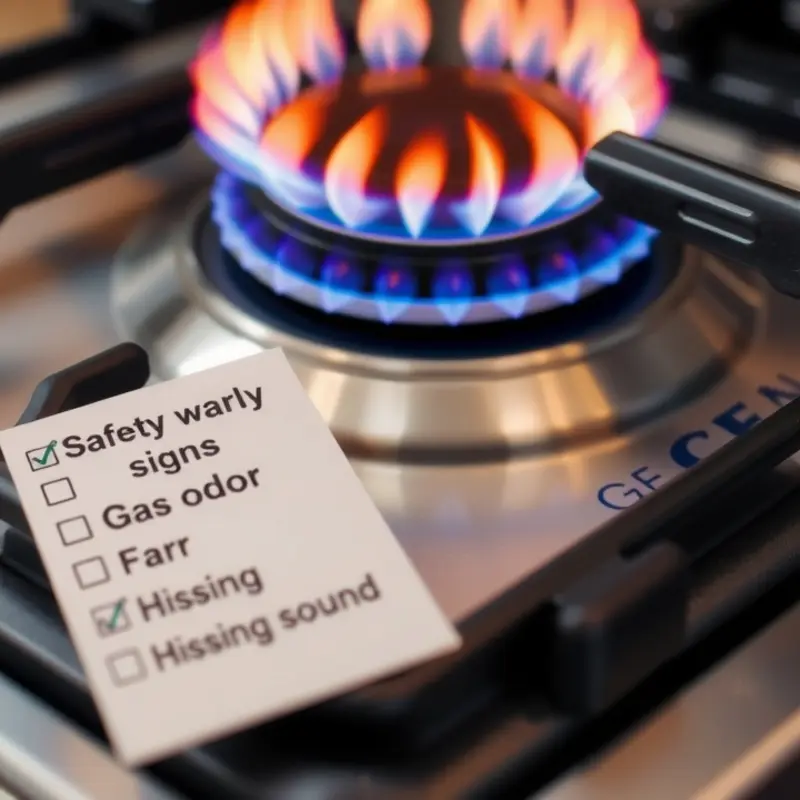
Understanding the indicators of a gas leak is crucial for ensuring your safety. In apartments, relying solely on a landlord for maintenance isn’t always enough. Becoming aware of common signs can help you respond promptly.
1. Unusual Odors
One of the most recognized signs of a gas leak is a distinct, unpleasant odor. Utility companies add a chemical known as mercaptan to natural gas, which imparts a rotten egg smell. This strong scent acts as an early warning system. If you detect this odor, it’s essential to investigate and if confirmed, retreat to a safe distance and notify your building management immediately.
2. Hissing Sounds
Besides smells, listen for hissing sounds near your gas lines or appliances. While some systems might produce low, normal noises, a constant or loud hissing warrants attention. It typically indicates a significant leak, necessitating urgent action, including ventilating the area and calling emergency services.
3. Dead or Dying Vegetation
Gas leaks outdoors can kill plants above the leakage area. If you notice vegetation turning brown or dying inexplicably where gas lines run, it might suggest a subterranean leak. Consider contacting professionals to assess the situation.
4. Physical Symptoms
Keep tabs on how you’re feeling. Exposure to gas leaks can cause symptoms such as headaches, dizziness, nausea, and fatigue. If you or your pets experience these symptoms persistently at home but improve elsewhere, consider the home environment as a potential cause.
5. Air Quality Monitors
Consider installing a gas leak detector in your apartment. While not infallible, these devices can offer an added layer of protection by alerting you to abnormal gas levels. Understanding safe apartment habits, such as balancing air flow, can further mitigate risks. For guidance, explore safe apartment laundry habits that ensure air quality remains optimal.
6. Bubbling Water
Another subtle tell-tale sign of gas leaks is bubbling water, especially around household piping. For instance, if a leak occurs in a water main or near gas lines buried underground, you might notice air bubbles in puddles or other water sources.
7. Electronic Interference
Not as common, but still worth mentioning, is the possibility of minor electronic or wireless interference in severe cases due to gas leaks. While this by itself is not definitive, in conjunction with other signs, it could raise suspicion.
Staying vigilant and familiarizing yourself with these signs enhances your readiness to handle potential gas leaks efficiently. Your proactive approach is key for a safe living space.
Safe Practices and Maintenance Solutions
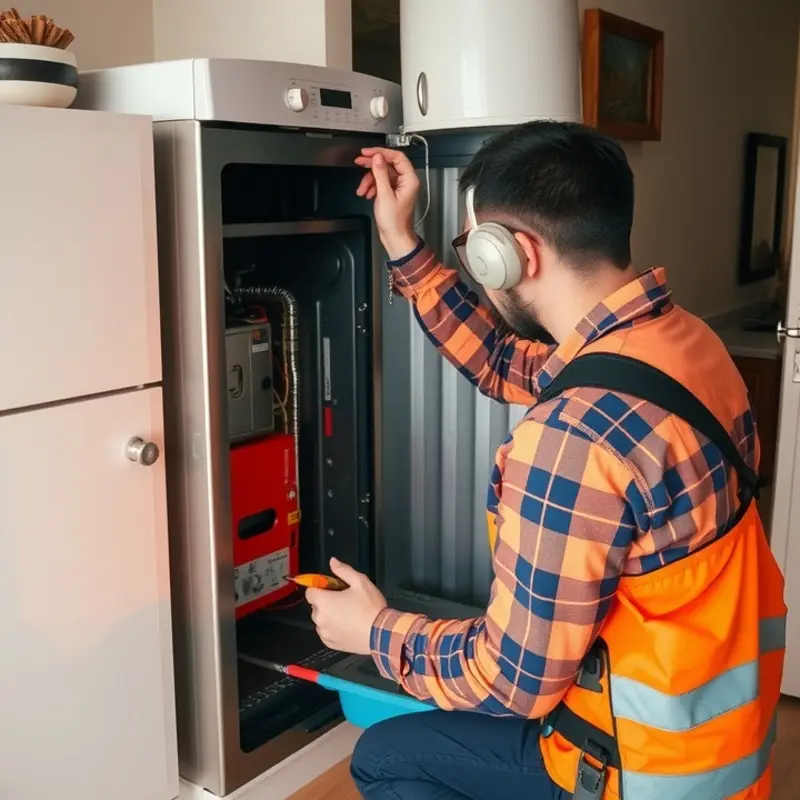
When living in an apartment, ensuring the safety and maintenance of gas appliances is of paramount importance. Gas appliances, when properly maintained, can offer consistent and efficient utility. However, neglecting their upkeep can lead to dangerous situations. Here’s how to manage them safely and effectively.
Regular inspection is key for a safe living environment. Begin by conducting visual checks of your gas appliances on a routine basis. Look for signs of wear and tear, including rust, stains, or unusual sounds when the appliance is in use. Ventilation is crucial; ensure that all ventilation systems are free from obstructions.
Preventive Maintenance Checklist: Before using a new or existing gas appliance, refer to the manufacturer’s instructions for maintenance guidance. Most appliances should undergo a professional check annually. This ensures the gas lines are intact, no leaks are present, and all components function correctly.
When it comes to maintenance, one must consider the cleaning aspect as well. Gas stove burners, for instance, require regular cleaning to prevent clogs that could lead to inefficient burning or gas leaks. Wash burners and oven surfaces regularly with suitable cleaners that won’t corrode the appliance.
In the unfortunate event of suspecting a gas leak, immediate action is necessary. Common indicators are the smell of gas or the presence of a hissing sound. If you suspect a leak, do not use electronics, light switches, or any flame as ignition sources could lead to an explosion. Immediately evacuate the building and contact your gas provider or emergency service.
Moreover, installing a carbon monoxide detector offers an additional safety layer, alerting you if dangerous levels of gas byproducts are present in your home. Keep these detectors in working condition by changing their batteries regularly and testing them according to the manufacturer’s guidelines.
Be proactive and approach your property management if you believe repairs or replacements are required. It may also be beneficial to discuss your gas safety queries with experts or those knowledgeable in safe apartment maintenance practices. Collaboration with your landlord can ensure any larger scale issues are addressed promptly.
Safe management of gas appliances entails ongoing vigilance and timely intervention. With proper maintenance and readiness to address potential issues, you can maintain a safe and secure living environment for yourself and others.
Final words
Staying informed and proactive about gas safety can greatly enhance your living experience as a renter. By recognizing the signs of gas leaks and implementing simple maintenance solutions, you ensure not only your safety but also contribute to the health of your household. Remember, if you ever suspect a gas leak, don’t hesitate to contact your property management or a professional immediately. Safety is paramount, and being prepared can help you create a secure apartment environment. Take these steps to heart, and transform your rental into a safe haven.

